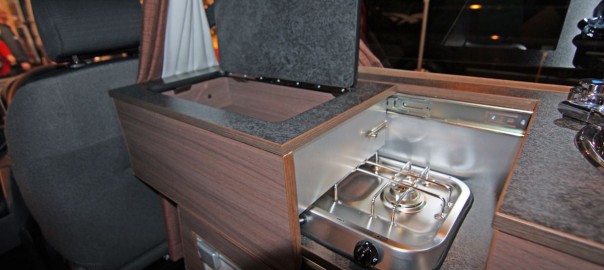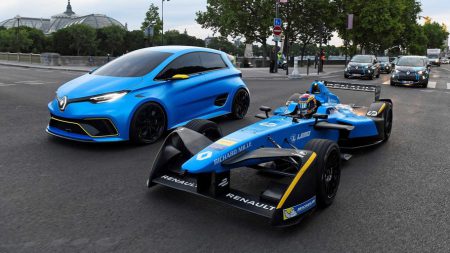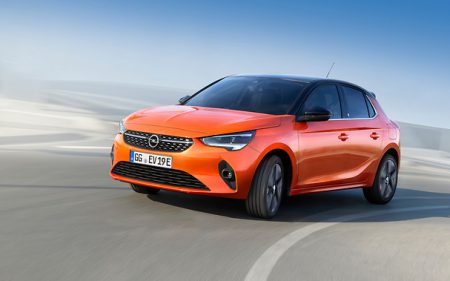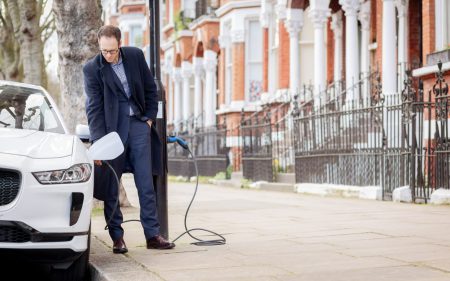With the global electrification efforts and more electric vehicles on the market than ever before, vanlifers seem to also be interested in jumping on the EV bandwagon. While all-electric van manufacturers are mainly competing in the last-mile delivery industry, this new generation of vans has great potential to be used as a platform for electric camper vans as well.
Nissan is showcasing the potential of its all-electric Nissan Townstar EV station wagon as a camping rig at the ongoing 2023 Caravan Salon in Düsseldorf, Germany. The carmaker has outfitted the light commercial vehicle with a high-popping rooftop tent and a tailgate kitchen unit, turning it into a practical camper, ideal for weekend getaways and holiday breaks.
Those who follow the e-camper van market might remember Nissan’s e-NV200, the world’s first electric camper van. That model was retired in 2021 and replaced by the Townstar EV. Considering the popular e-NV200 van regularly topped the European sales charts while it was in production, the Nissan Townstar EV has quite the reputation to uphold.

This is the first time the emission-free vehicle has undergone a professional campervan conversion, but Nissan hasn’t presented it as a full-fledged camper van product but rather as a preview of how the Townstar could be turned into a compelling e-mini-camper. Also, as a sneak peek into the future of sustainable family travel.
Read more: autoevolution
It’s Time to Go Green!
If you would like to know more about Solar Panels and the PowerBanx range of home battery systems, and get a free instant quote, please complete our online form:















